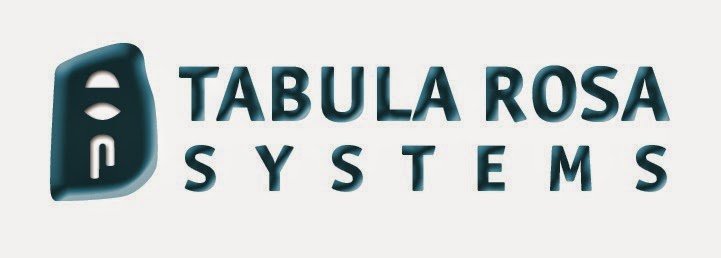
|
Signal-to-noise ratio (S/N or SNR) definition
Posted by Margaret
Rouse
Contributor(s): John Burke
In analog and digital communications, signal-to-noise
ratio, often written S/N or SNR, is a measure of signal strength relative to background noise.
The ratio is usually measured in decibels (dB).
Making Networks Virtual: The Latest on SDN Technologies
An exploration of Software-Defined Networking (SDN)
technologies, network virtualization fundamentals, and the latest developments
for both – helping IT pros adapt them to a modern hybrid network architecture.
If the incoming signal strength in microvolts is Vs,
and the noise level, also in microvolts, is Vn, then the
signal-to-noise ratio, S/N, in decibels is given by the formula
S/N = 20 log10(Vs/Vn)
If Vs = Vn, then S/N = 0. In this
situation, the signal borders on unreadable, because the noise level severely
competes with it. In digital communications, this will probably cause a
reduction in data speed because of frequent errors that require the source
(transmitting) computer or terminal to resend some packets of data.
Ideally, Vs is greater than Vn, so
S/N is positive. As an example, suppose that Vs = 10.0 microvolts
and Vn = 1.00 microvolt. Then
S/N = 20 log10(10.0)
= 20.0 dB
which results in the signal being clearly readable. If
the signal is much weaker but still above the noise -- say 1.30 microvolts --
then
S/N = 20 log10(1.30)
= 2.28 dB
which is a marginal situation. There might be some
reduction in data speed under these conditions.
If Vs is less than Vn, then S/N is
negative. In this type of situation, reliable communication is generally not
possible unless steps are taken to increase the signal level and/or decrease
the noise level at the destination (receiving) computer or terminal.
Communications engineers always strive to maximize the
S/N ratio. Traditionally, this has been done by using the narrowest possible
receiving-system bandwidth consistent with the data speed
desired. However, there are other methods. In some cases, spread spectrum techniques can improve
system performance. The S/N ratio can be increased by providing the source with
a higher level of signal output power if necessary. In some high-level systems
such as radio telescopes, internal noise is minimized by lowering the
temperature of the receiving circuitry to near absolute zero (-273 degrees
Celsius or -459 degrees Fahrenheit). In wireless systems, it is always important to
optimize the performance of the transmitting and receiving antennas.
| ||
===========================================================
|
https://www.youtube.com/watch?v=HTgYHHKs0Zw&__scoop_post=bcaa0440-2548-11e5-c1bd-90b11c3d2b20&__scoop_topic=2455618
==============================================**Important note** - contact our company for very powerful solutions for IP management (IPv4 and IPv6, security, firewall and APT solutions:
www.tabularosa.net
In addition to this blog, Netiquette IQ has a website with great assets which are being added to on a regular basis. I have authored the premiere book on Netiquette, “Netiquette IQ - A Comprehensive Guide to Improve, Enhance and Add Power to Your Email". My new book, “You’re Hired! Super Charge Your Email Skills in 60 Minutes. . . And Get That Job!” will be published soon follow by a trilogy of books on Netiquette for young people. You can view my profile, reviews of the book and content excerpts at:
www.amazon.com/author/paulbabicki
If you would like to listen to experts in all aspects of Netiquette and communication, try my radio show on BlogtalkRadio Additionally, I provide content for an online newsletter via paper.li. I have also established Netiquette discussion groups with Linkedin and Yahoo. I am also a member of the International Business Etiquette and Protocol Group and Minding Manners among others. Further, I regularly consult for the Gerson Lehrman Group, a worldwide network of subject matter experts and have been a contributor to numerous blogs and publications.
Lastly, I
am the founder and president of Tabula
Rosa Systems, a company that provides “best of breed” products for network,
security and system management and services. Tabula Rosa has a new blog and Twitter site which offers great IT
product information for virtually anyone.
==============================================






No comments:
Post a Comment